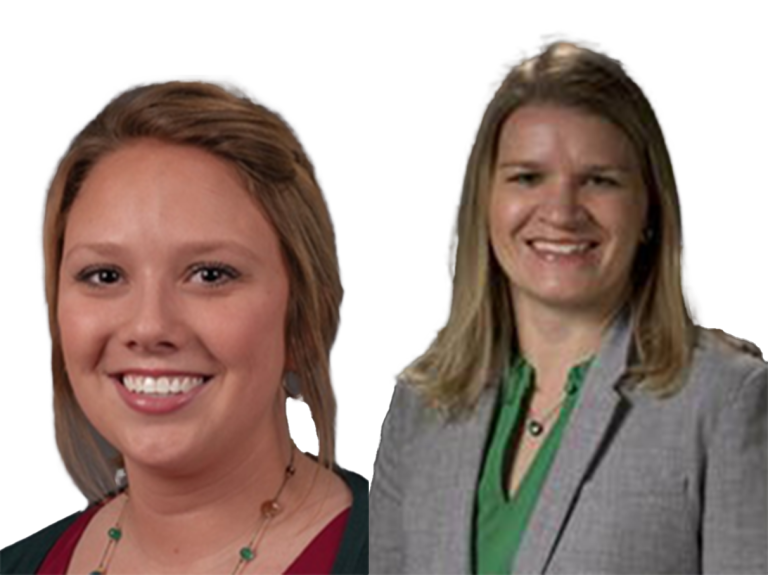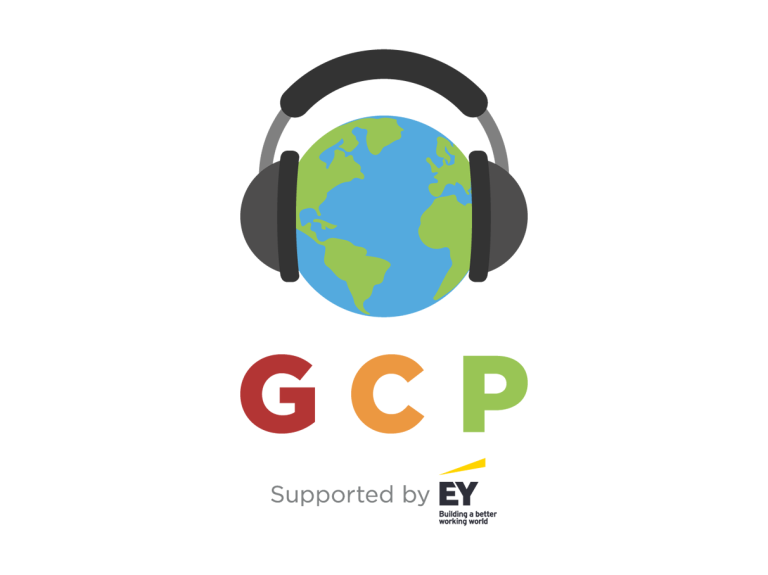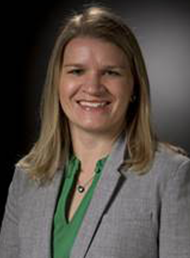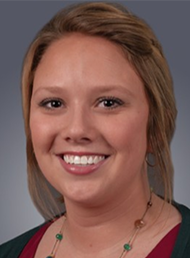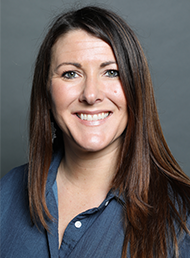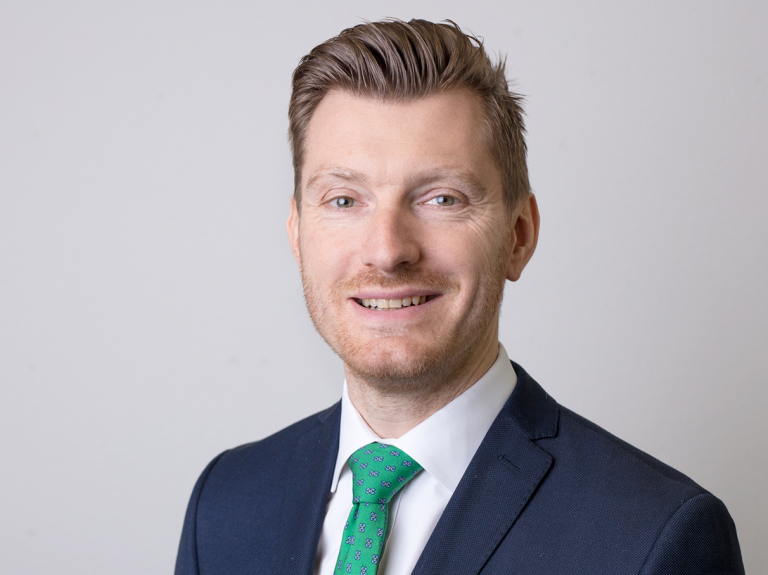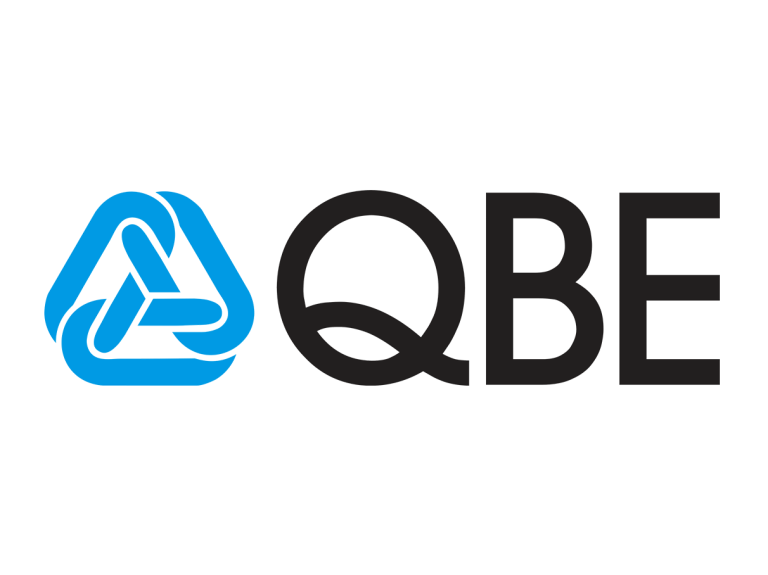Fitch Ratings has assigned insurer financial strength (IFS) ratings of ‘A+’ to Athene Holding’s recently formed captives Athene Co-Invest Reinsurance Affiliate 2A and Athene Co-Invest Reinsurance Affiliate 2B (collectively ACRA 2). The rating outlook is stable.
Similar to Athene’s existing ACRA entities, ACRA 2 will reinsure qualifying transactions from Athene to support growth in Athene’s core business, although Athene will retain the ultimate liability for the policies.
Both ACRA 2 vehicles are licensed as Long Term Class 2 insurers in Bermuda.
Qualifying transactions include substantially all new inorganic transactions, pension group annuity transactions, funding agreement transactions and certain flow reinsurance transactions and retain annuity business.
ACRA 2 is a Bermuda-domiciled reinsurer, with 100% of its voting shares and 50% of its economic interest is owned by Athene Life Re (ALRe).
The remaining 50% of the economic interest is owned by third-party investors through non-voting shares held by the Apollo/Athene Dedicated Investment Program II (ADIP II).
Fitch expects that Athene will eventually sell additional economic interest to ADIP II such that its ownership is approximately 33%-37%.
Fitch said the ‘A+’ IFS rating reflects application of the captive’s rating methodology contained within its insurance rating criteria and Fitch’s assessment that ACRA 2 meets the standards to be considered a core captive.
As a result, the ratings agency has assigned the IFS rating of Athene’s insurance operating subsidiaries to ACRA 2. The ratings assigned to ACRA 2 are consistent with those assigned to Athene’s previously established ACRA entities.
Fitch’s treatment of ACRA 2 as a core captive is driven by Athene’s willingness to support the entities, while ACRA 2’s strategic goals are tied to Athene’s while also serving a clear economic purpose.
ACRA 2 will derive 100% of its business from Athene through reinsurance from Athene’s existing operating subsidiaries.
Fitch said future capital needs to support the business may be drawn from both Athene and ADIP II. Currently, ACRA 2 has capital commitments of approximately $2bn, with the expectation that total commitments will exceed the roughly $4bn committed under the first ADIP program.
Athene will manage ACRA 2 to the same standards as its other operating subsidiaries from a capital and underwriting perspective while also having full control over ACRA 2’s day-to-day operations.
Qualifying transactions will also be fully priced and underwritten by Athene prior to being ceded into ACRA 2.
Fitch said it views Athene’s ability to voluntarily recapture business ceded to ACRA 2, should ACRA 2’s capital fall below certain defined thresholds, as critical to its ability to provide support,” the ratings agency said.
“Athene’s ability to execute this support mechanism does not require approval of ADIP II as long as the defined capital conditions are met,” the ratings agency said.
“Under Fitch’s criteria, the ability to provide support decreases if it is contingent on approvals of minority capital contributors.”
Underperformance of the business ceded to ACRA could lead to capital strain at Athene.
“Such risks are reflected in Athene’s ratings and may become more pronounced as the amount of business ceded to Athene’s ACRA entities grows,” Fitch said.


